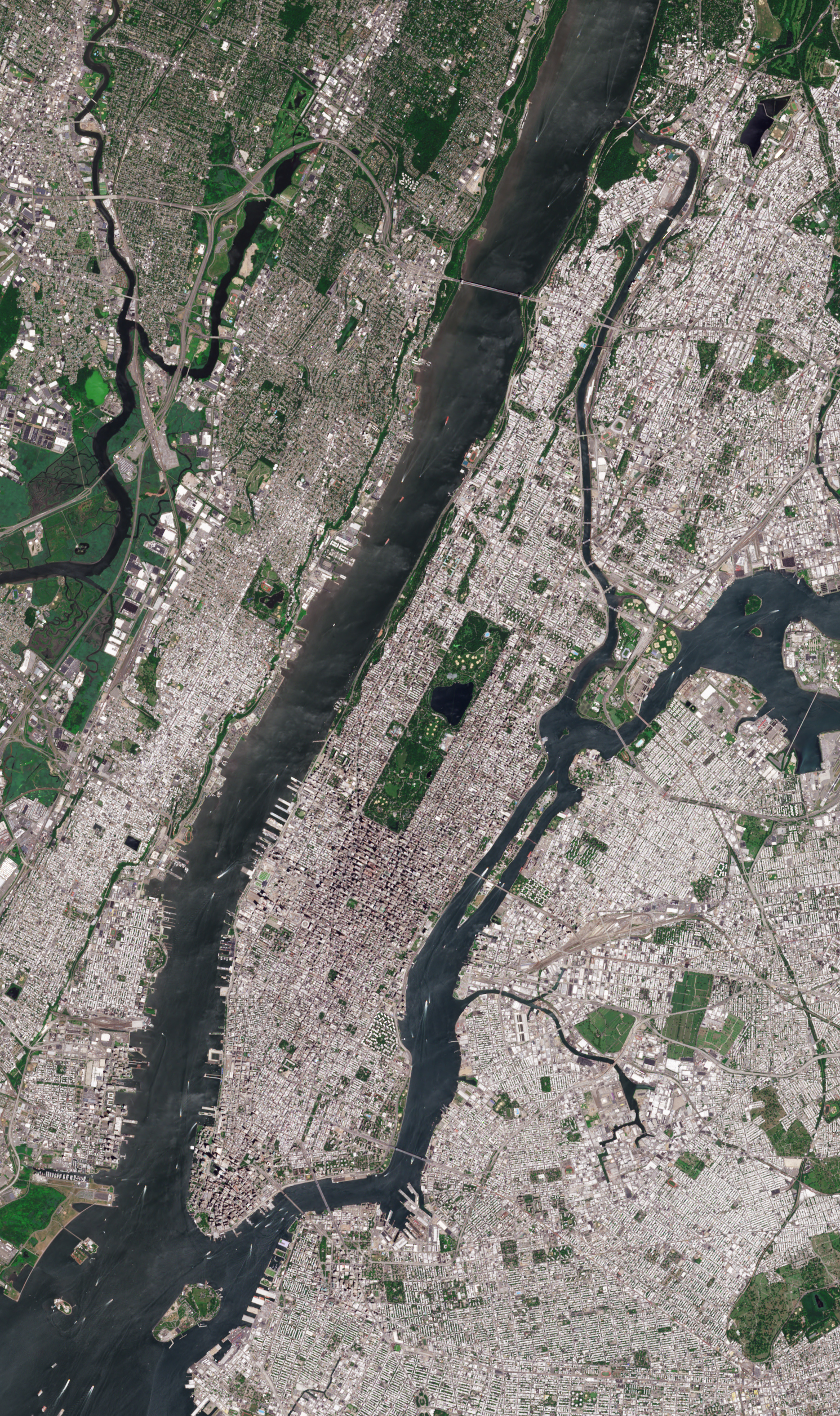#
And now the wind changes.
Everything we’ve said so far presumes a tree in soil. A luthier’s hand. Air molecules. Timbre born of friction and vibration and wood. But what happens when the tree no longer needs to grow? When it can be generated instead—cloned from code, reassembled from bitstreams, streamed in lossless formats across fiber optics?
This is the arrival of the digital. And with it, a shift so profound it cracks the metaphor.
Because digital is not a tree. Not in the sense we’ve explored. It is a simulation of a tree—a high-resolution scan of bark and root and leaf, perhaps, rendered beautifully, even interactively. But it does not need soil. It does not require resonance, or friction, or wind. It is disembodied form: pitch without pressure, note without noise, structure without strain.
Where the analog is generative, born of material tension, the digital is reconstructive. It is the realm of the autoencoder—that neural engine which compresses the world, forgets the details, and then reconstructs them from memory. The result is often stunning, sometimes indistinguishable from the “real.” But is it alive? Is it rooted?
In the digital world, consonance and dissonance become arithmetic, not argument. They are values to be calculated, not forces to be endured. Suspensions are scripted. Modes are templates. Sound becomes indexed possibility, not embodied struggle.
And perhaps most critically, in the digital realm, the medium doesn’t matter.
That’s the paradox: fidelity improves while authenticity evaporates. The digital can carry more information than ever before—millions of samples per second, perfect phase alignment, zero noise floor. But it carries it in a vacuum. The grain of the voice, the creak of the chair, the warp of the vinyl—these are not just imperfections. They are proof of contact. They tell us that something touched something else. That sound passed through a world before it reached us.
So what do we do with digital music? Do we call it dead? No. That would be a category error. It’s not dead. It’s just no longer a tree.
It’s something else. Perhaps a neural forest—not grown from seed, but from data. A recombinant jungle where the idea of “mode” can be generated in real-time by machine learning algorithms trained on the emotional arcs of ten million songs. Where consonance can be statistically modeled and dissonance can be softened or sharpened at will. A place where “suspension” might mean not just a sus4 chord, but the literal suspension of belief—are we even listening to a person anymore?
The digital doesn’t destroy music. It detaches it. Unroots it. The music still grows, but not through bark and branch. It spreads like mycelium. Or maybe like code—running everywhere, rooted nowhere.
And maybe that’s the point. Maybe the future isn’t analog or digital. Maybe it’s a grafted tree—a linden branch growing from a synthetic trunk, resonating not through wood, but through intent. A hybrid.
But in the end, we must ask:
When sound is no longer bound to bodies, does resonance still matter?
When the leaf is perfect but never grew, does it shade the same?
And if music no longer needs to pass through air or flesh—
can it still be called a song?

